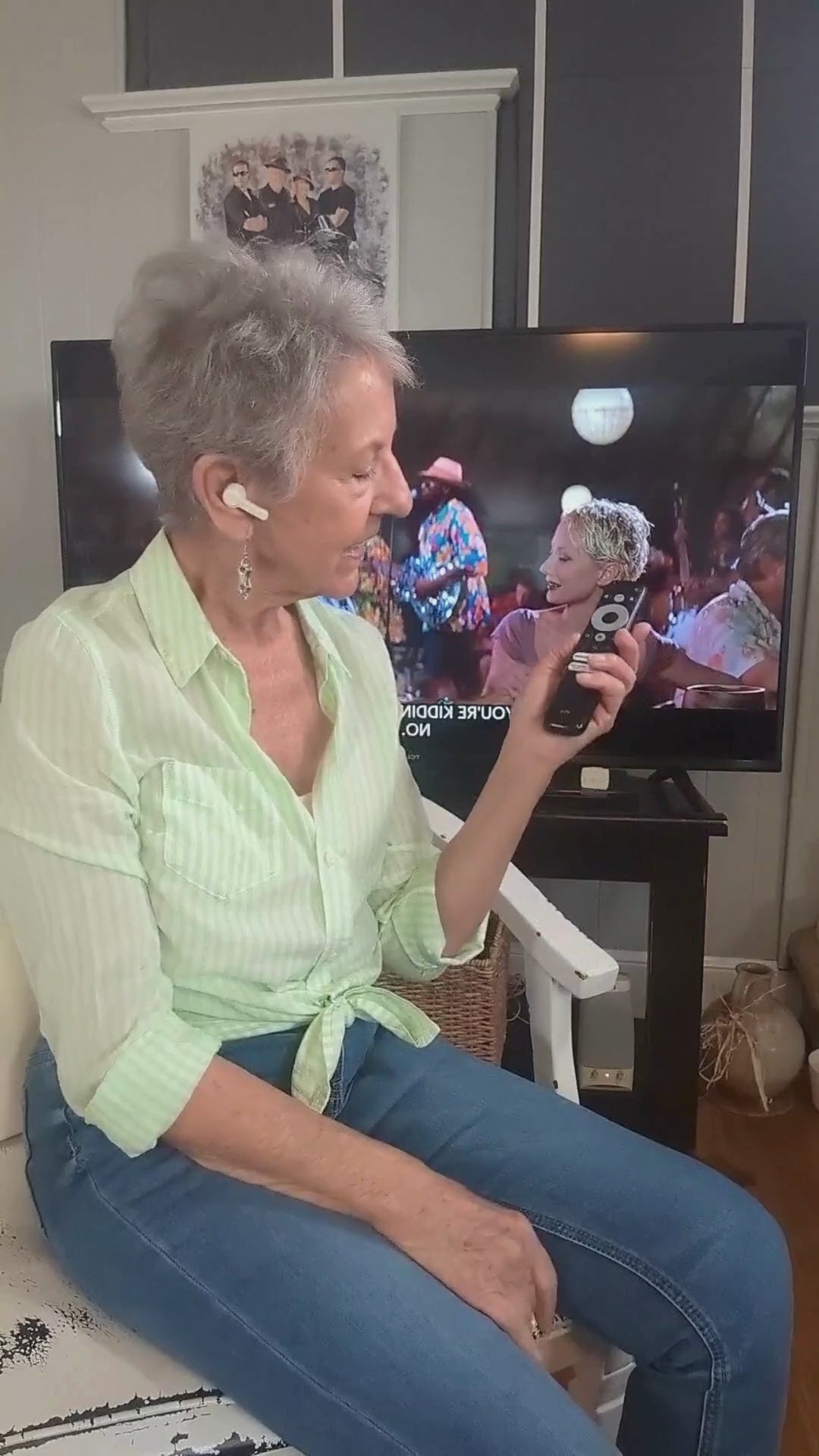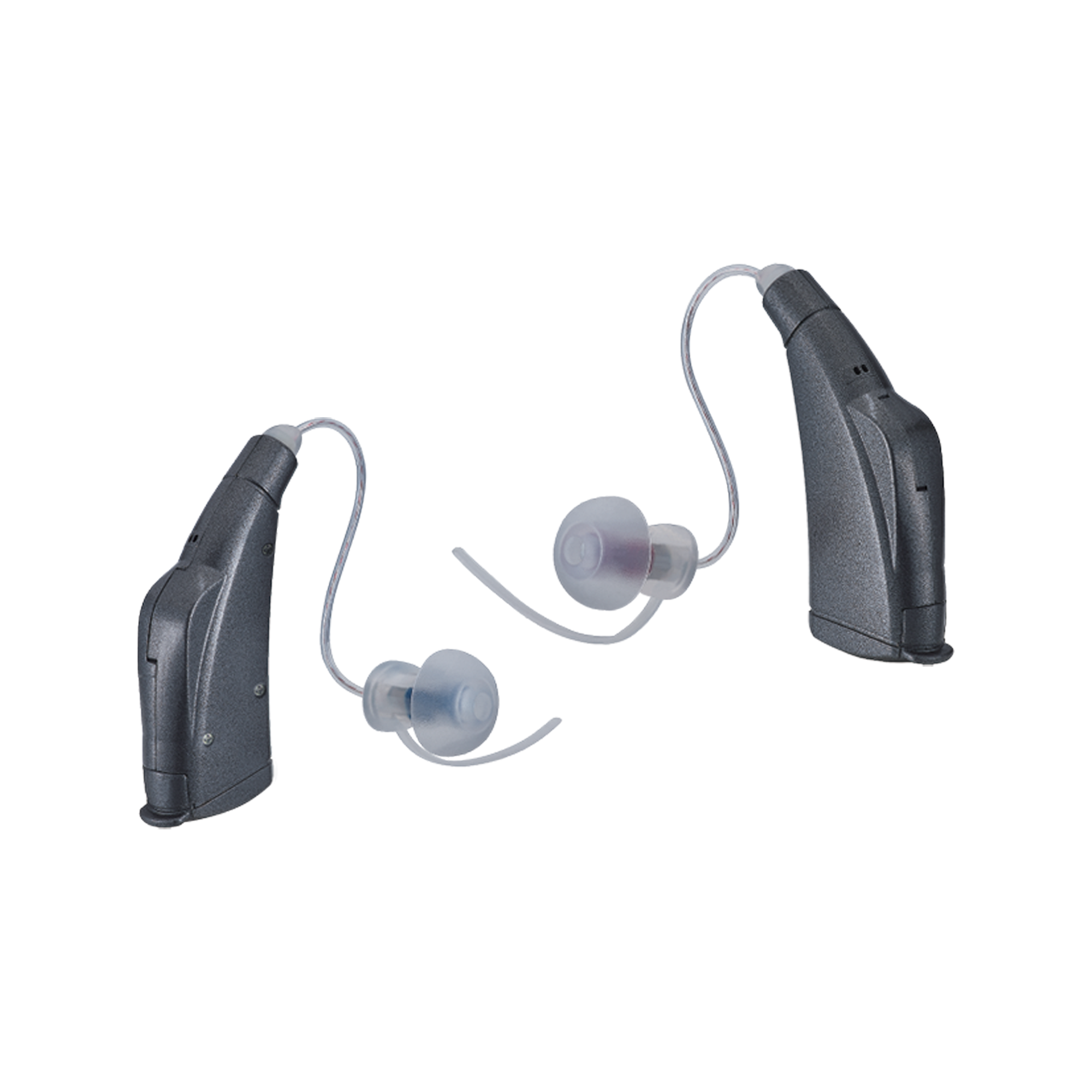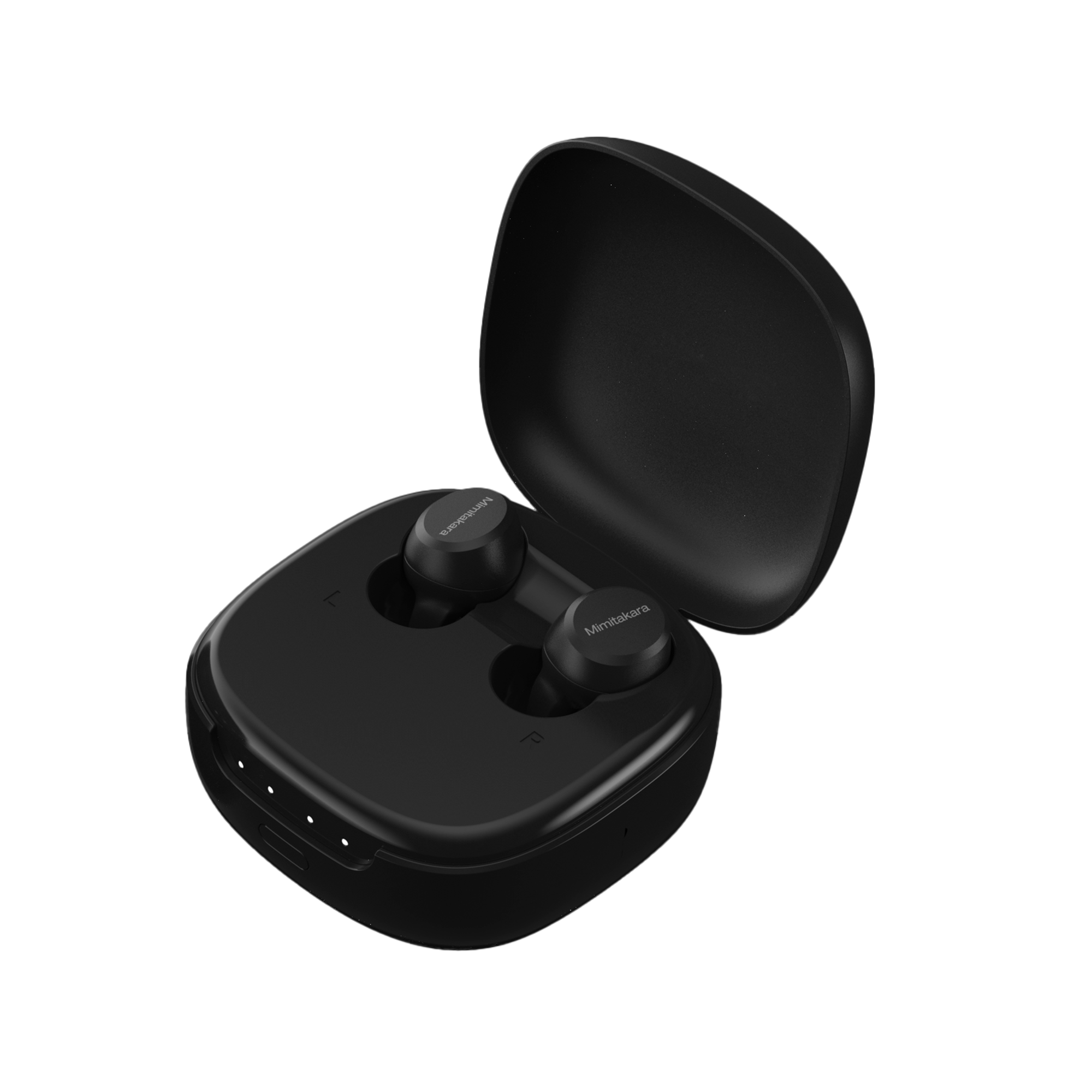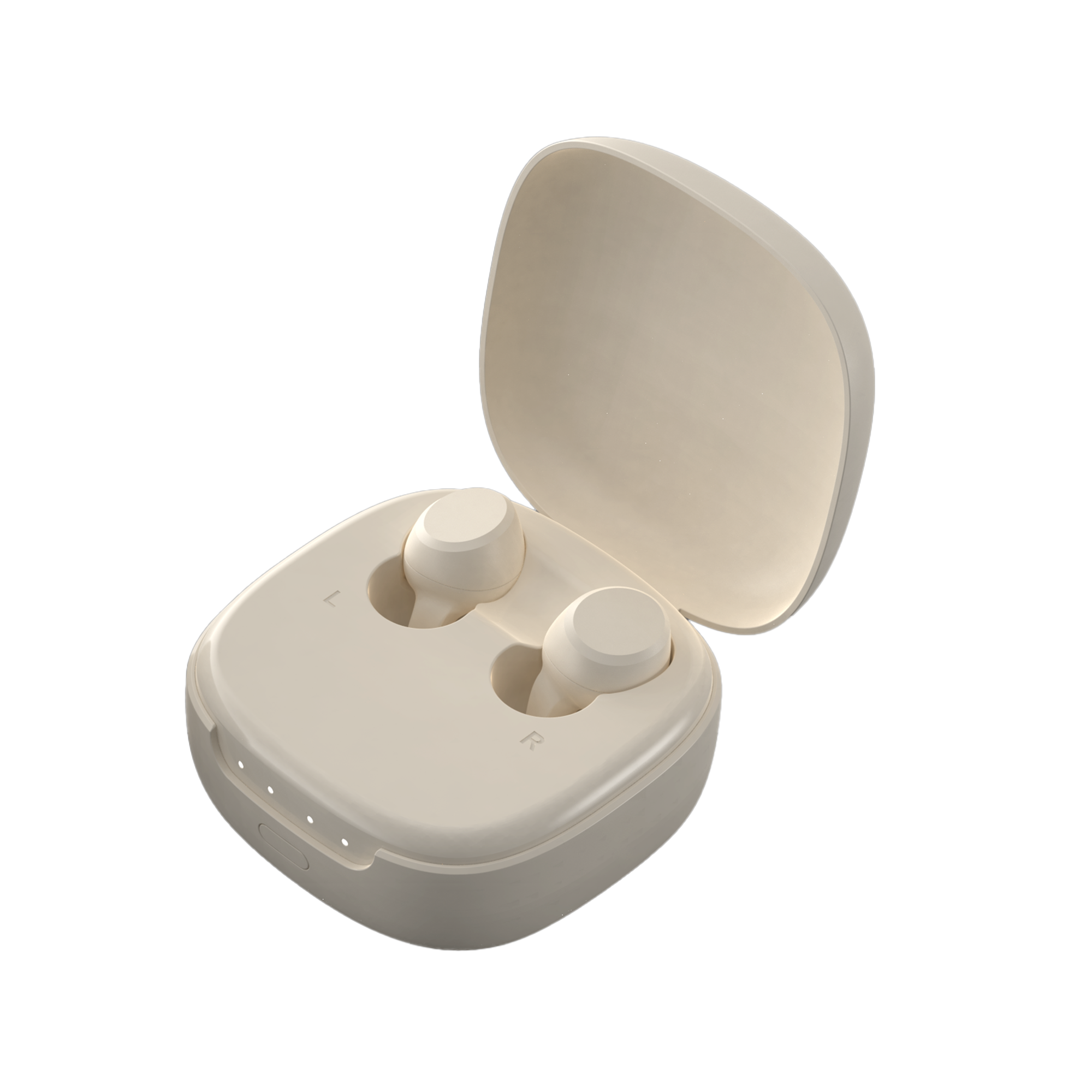Introduction
Hearing aids are invaluable devices that bring the world of sound back to those experiencing hearing loss. However, like any technology, they have a finite lifespan. In this article, we explore the factors influencing the longevity of hearing aids and when it might be time to consider their replacement.
Understanding the Typical Lifespan
Hearing aids, on average, have a lifespan of five to seven years. This estimate, however, can vary depending on factors such as the quality of the device, usage patterns, and advancements in technology. Premium models with advanced features may have a shorter lifespan due to the rapid pace of technological innovation.
Technological Advancements
One of the primary reasons individuals may contemplate replacing their hearing aids is the constant evolution of technology. Newer models often come equipped with enhanced features, improved signal processing, and connectivity options that can significantly enhance the overall auditory experience. If your current devices lack compatibility with modern technologies or essential features, an upgrade might be worth considering.
Changes in Hearing Needs
Hearing loss is not static, and its progression can vary over time. As your hearing needs evolve, your current hearing aids may no longer provide optimal assistance. Regular hearing assessments are crucial, and if there's a notable change in your hearing, it might be time to explore more advanced or adaptable hearing aid options.
Physical Wear and Tear
Daily use, exposure to moisture, and general wear and tear can impact the physical condition of hearing aids. If you notice issues such as distorted sound, inconsistent performance, or visible damage, it could be an indication that the internal components are degrading. In such cases, replacement may be a more cost-effective solution than frequent repairs.
Battery Performance
The lifespan of hearing aid batteries is typically around one to two weeks. If you find yourself changing batteries more frequently or experiencing decreased battery life, it might be a sign that your hearing aids are becoming less efficient. Newer models often come with rechargeable battery options that can offer both convenience and environmental benefits.
Improved Comfort and Fit
Advances in design and materials contribute to the comfort and discreteness of modern hearing aids. If you're dissatisfied with the fit, comfort, or aesthetics of your current devices, exploring newer models with ergonomic designs and customizable options might be a worthwhile consideration.
Making Informed Decisions for Better Hearing
The decision to replace hearing aids is multifaceted and personal. Regular consultations with a hearing healthcare professional are essential to monitor changes in hearing, assess the condition of current devices, and explore available technological advancements. By staying informed and proactive, individuals can ensure that their hearing aids continue to meet their evolving needs, allowing them to fully engage in the vibrant world of sound. Thinking of replacing your current hearing aids?










